Shinjuku stands as one of Tokyo’s most renowned and bustling neighborhoods, nestled in Japan’s capital. This vibrant locale is a fusion of contrasts, blending modernity with tradition, bustling energy with serene moments, and luxury with the charm of everyday life.
Recognized for its towering skyscrapers, vibrant neon lights, diverse array of stores, restaurants, and lively nightlife, Shinjuku offers much more than its popular facets suggest. This guide aims to unveil the lesser-known yet captivating attractions that await discovery in this dynamic and entertaining district, ensuring you make the most of your visit to this fascinating area.

Top sights & activities in Shinjuku
I highly recommend staying in Shinjuku due to its excellent connectivity to the rest of the city and abundance of services and entertainment options. The area offers hotels catering to various preferences and budgets, ranging from renowned capsule hotels to luxurious five-star accommodations. For a unique experience, themed hotels or love hotels, each boasting distinct and extravagant room decorations, are also available.
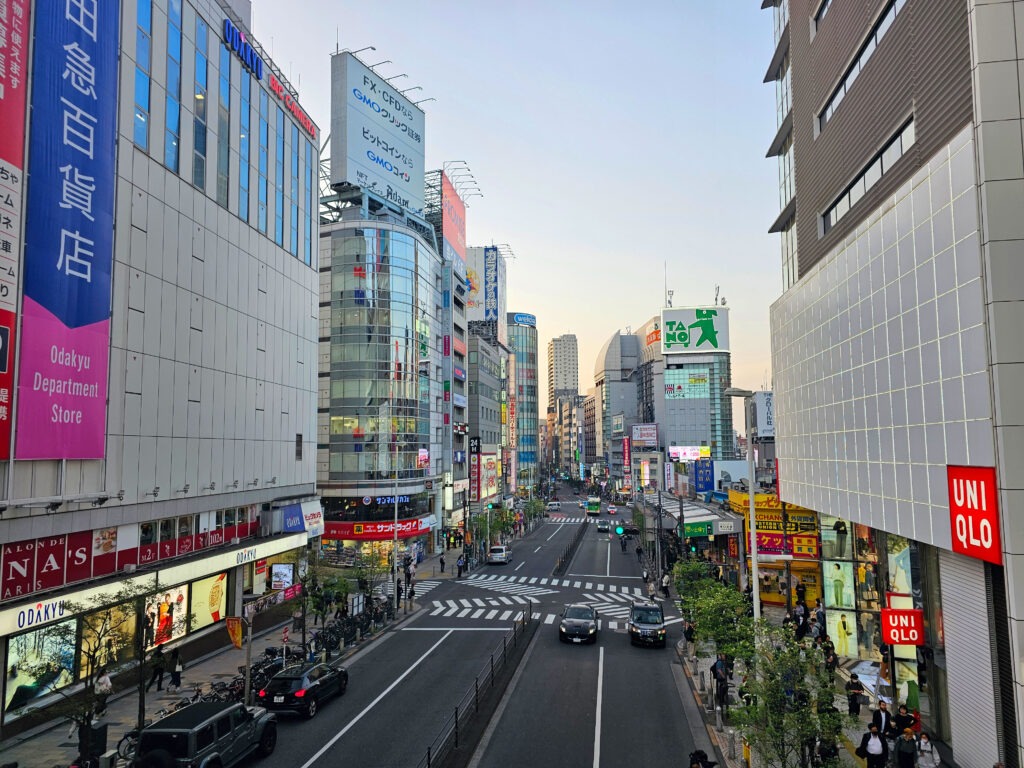
(Below are some hotel recommendations that have left a positive impression on us).
After settling into your hotel, begin exploring Shinjuku. One notable aspect you’ll immediately notice is the bustling streets, particularly during rush hours. Shinjuku stands as Tokyo’s administrative and commercial hub, hosting the world’s busiest train station, with over three million commuters passing through daily. The station is vast, boasting more than 200 exits, so it’s advisable to follow the signs diligently to avoid getting lost and reach your intended destination.
Tokyo Metropolitan Government building observatories
One of the most iconic landmarks in Shinjuku is the Tokyo Metropolitan Government Building, featuring twin towers standing at 243 meters high. On the 45th floor of each tower, visitors can access a free observation deck providing a panoramic view of the city. On clear days, there’s a chance to catch a glimpse of Mount Fuji on the horizon.
The observation deck remains open until 11:00 PM, allowing visits during both daytime and nighttime. It’s a completely free experience and among the best spots to admire the vastness of Tokyo and capture some stunning photographs
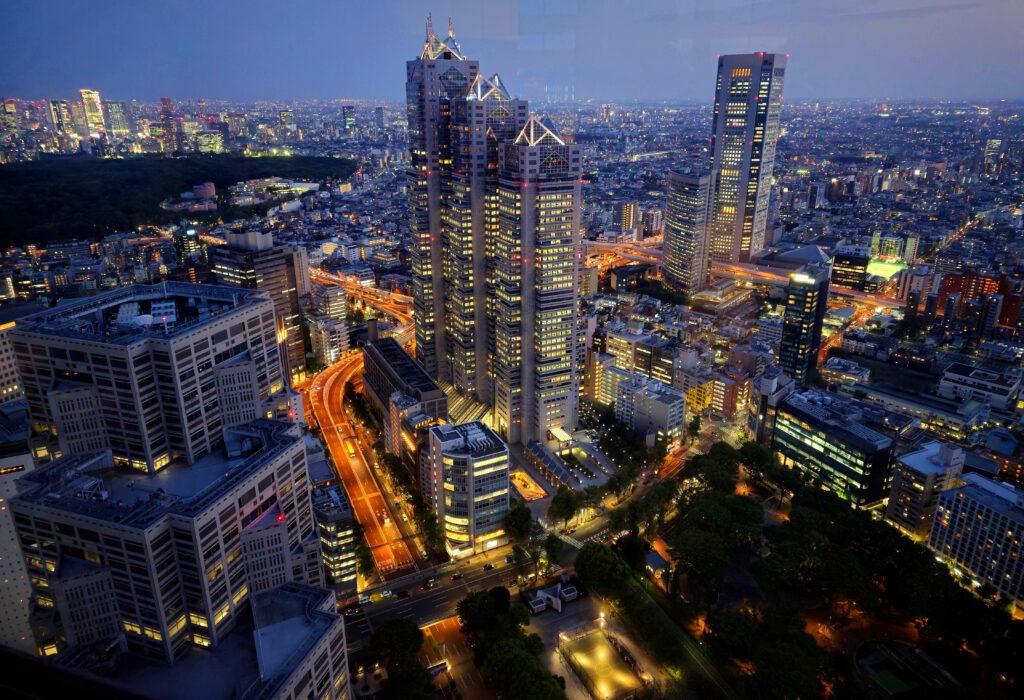
Shinjuku Gyoen
Another essential visit in Shinjuku is Shinjuku Gyoen Park, one of Tokyo’s most expansive and exquisite parks spanning across 58 hectares. It stands as an oasis of tranquility and nature amid the urban bustle, providing a serene environment to unwind and appreciate its stunning gardens. The park boasts three distinct sections: a Japanese garden, a French garden, and an English garden.
Moreover, it features a greenhouse exhibiting over 1,500 species of tropical and subtropical plants. Renowned for its breathtaking cherry blossoms in spring and vibrant foliage in autumn, the park offers an ideal retreat to unwind and escape the city’s clamor and stress.
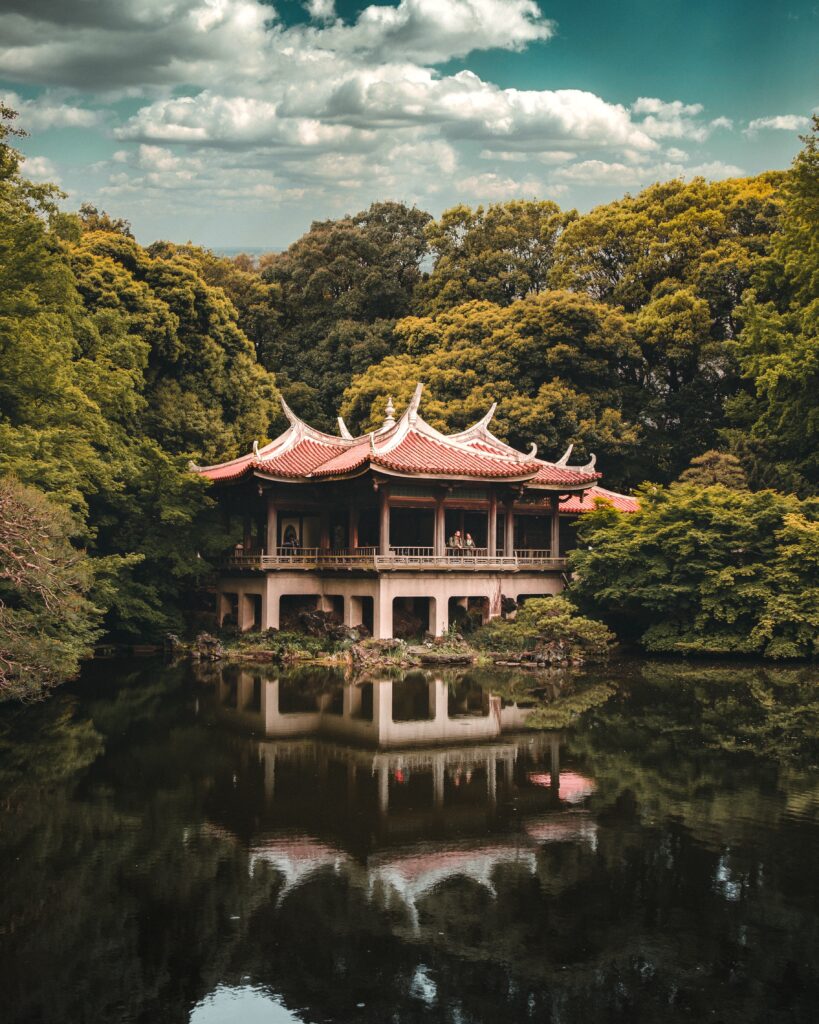
Kabukicho: Japan’s largest red-light district
If you’re a nightlife enthusiast, a visit to Kabukicho is a must. It’s Japan’s largest and most renowned red-light district, offering a diverse array of entertainment options including bars, restaurants, karaoke spots, nightclubs, cinemas, arcades, pachinko parlors, and more.
Moreover, it’s home to the famous Gracery Shinjuku Hotel, distinguished by its iconic Godzilla statue atop the building.
While Kabukicho generally ensures safety for tourists, it’s advisable to remain cautious of potential scams and fraudulent activities some locals might attempt
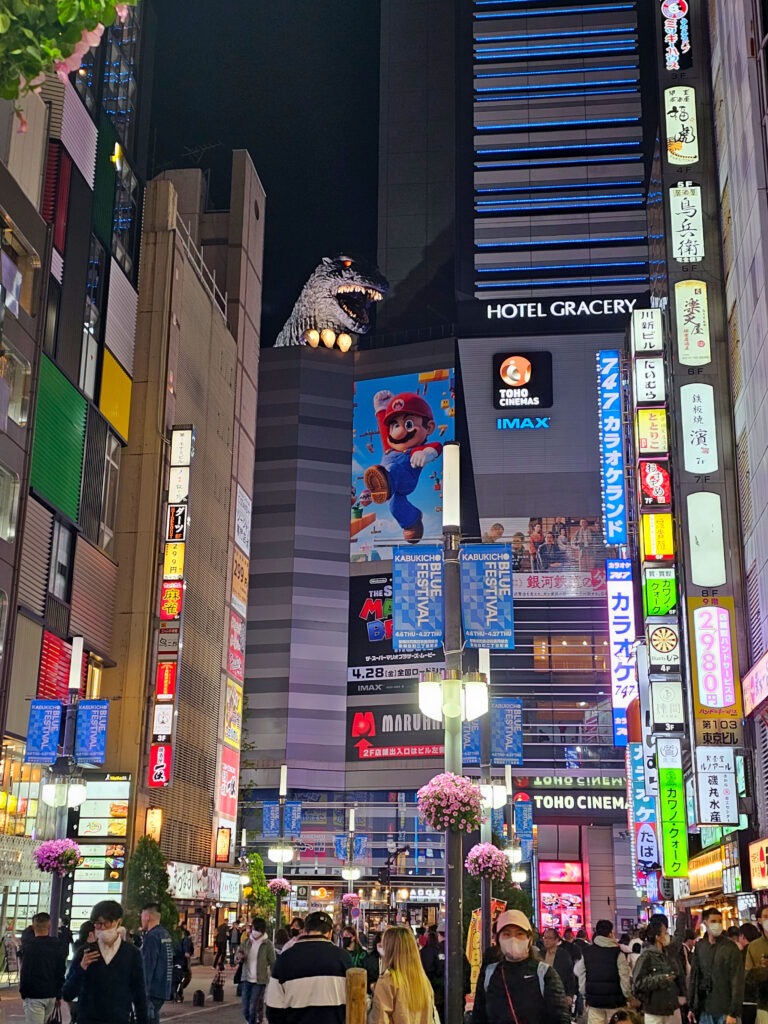
Golden Gai
Another highly sought-after spot in Shinjuku is Golden Gai, a collection of narrow streets hosting over 200 compact bars, each accommodating only a handful of patrons. These bars exhibit unique decors and foster an intimate, bohemian ambiance.
Each bar often specialises in specific music genres, beverages, or themes such as movies or literature. While some bars may charge an entrance fee or impose higher prices for foreign visitors, others maintain a more open and inclusive atmosphere
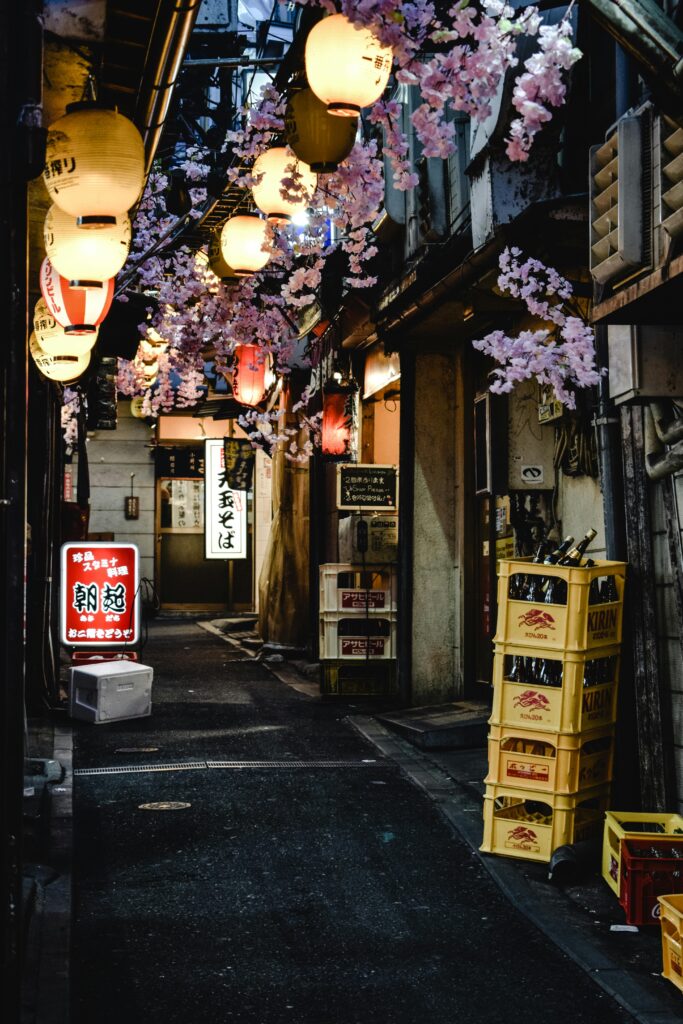
Omoide Yokocho
If shopping is on your agenda in Shinjuku, there are numerous options available. One of the most renowned spots is the shopping lane known as Omoide Yokocho, alternatively called Memory Lane or Piss Alley. It’s a narrow, nostalgic street offering a variety of goods ranging from food to clothing to electronics.
This bustling alley is a treasure trove for bargains and unique finds. Additionally, it’s an excellent spot to savor typical Japanese street food such as yakitori (grilled chicken skewers), oden (a type of vegetable and fish stew), or ramen (noodle soup).
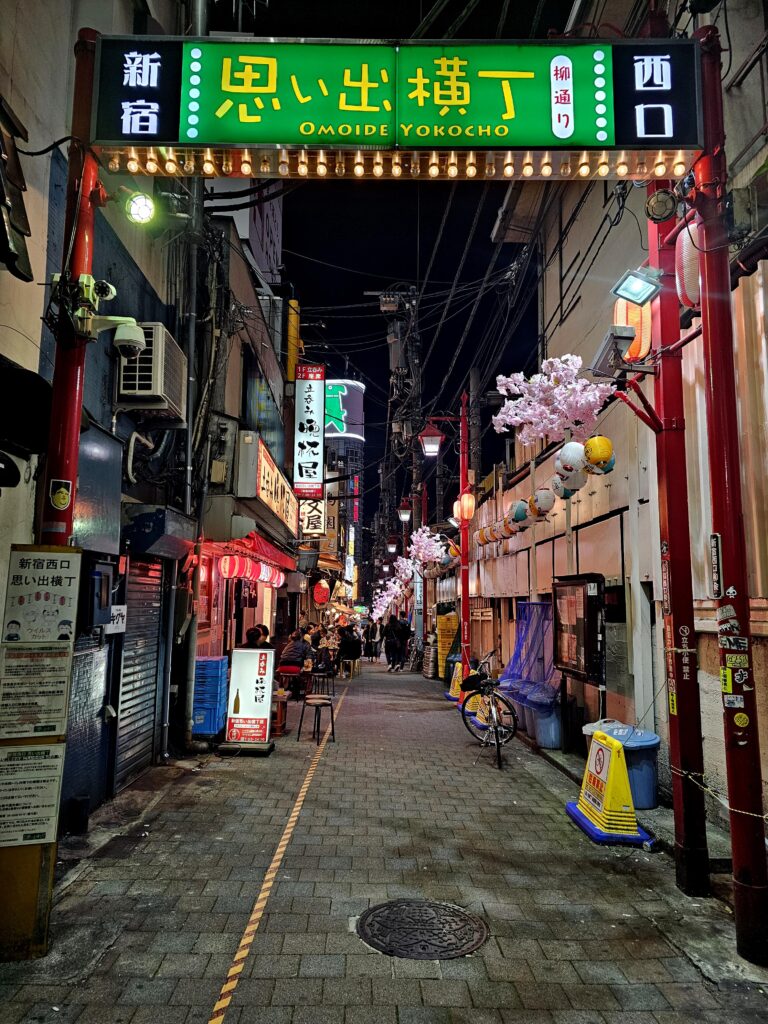
Hanazono shrine
This is one of Tokyo’s oldest and most esteemed Shinto shrines, established in the 17th century. Nestled in a small street adjacent to Kabukicho, it creates a compelling contrast between tradition and modernity.
Dedicated to Inari, the deity associated with rice and prosperity, this shrine features several red torii gates, considered sacred portals. It’s a serene and spiritual space where visitors can observe worshippers praying and making offerings.
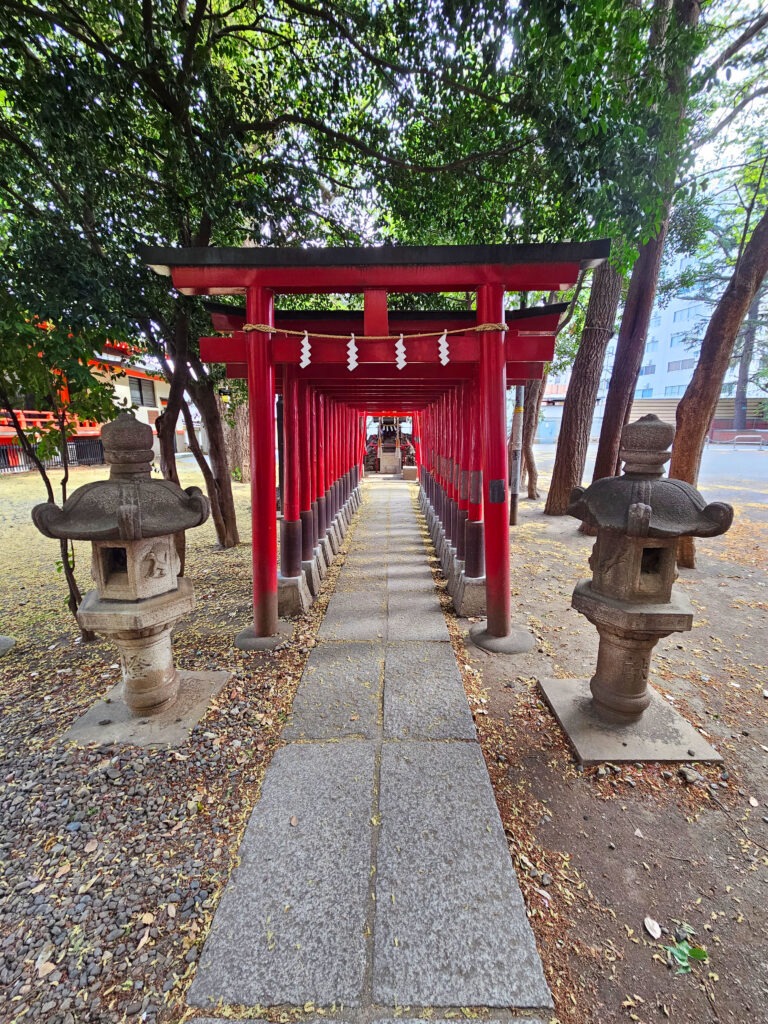
Shin-Okubo
Shin-Okubo is Tokyo’s Koreatown, offering a wide array of typical Korean products and cuisine, ranging from cosmetics to kimchi. Numerous restaurants in this area serve iconic Korean dishes like fried chicken, bibimbap, or bulgogi.
For enthusiasts of Korean pop culture, K-pop, or spicy cuisine, this district presents an ideal spot for a distinctive and enjoyable afternoon in Tokyo.
Explore the Korean cosmetics shops where quality products are available at reasonable prices. Popular brands like Etude House, Innisfree, Nature Republic, or Tony Moly offer facial masks, moisturizers, and unique makeup you shouldn’t miss.
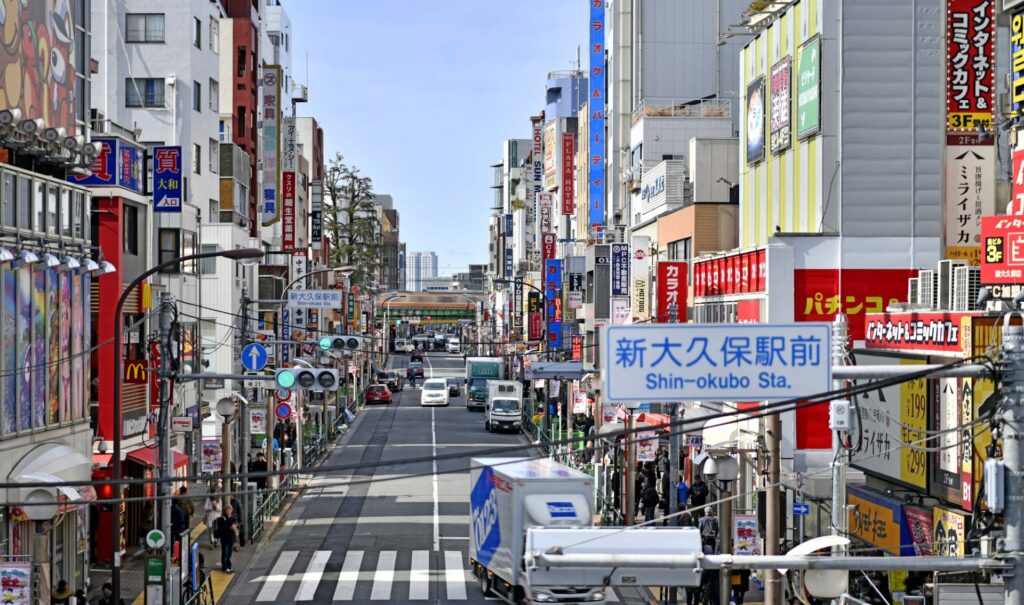
LOVE sculpture
Another noteworthy spot is the LOVE sculpture situated in the plaza of the Shinjuku I-Land Tower building. Created by American artist Robert Indiana in 1970, this artwork portrays the word ‘love’ in capital letters with the letter ‘O’ slightly tilted. Standing at approximately 3.6 meters tall and 3.9 meters wide, the sculpture gleams in bright red hues.
It has emerged as a symbol of love and peace, doubling as a popular spot for photography and proposals. Many couples frequent the sculpture to express their emotions and make commitments for the future. Moreover, this artwork has inspired similar creations in various cities worldwide, including New York, Paris, and Madrid.
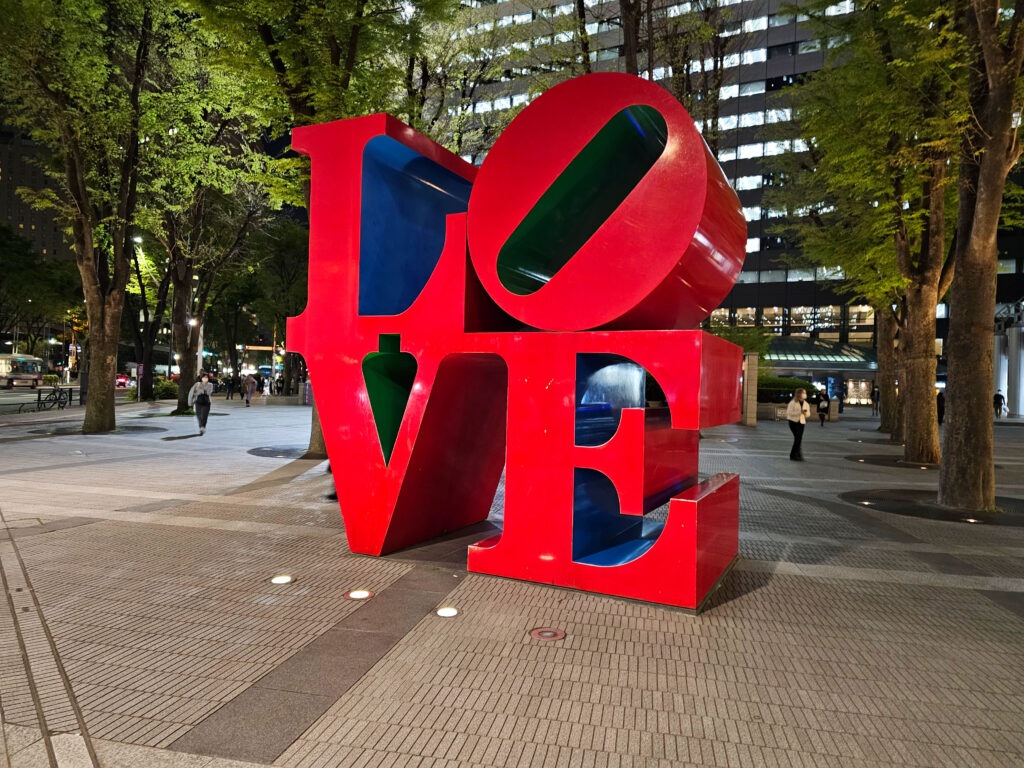
Shinjuku Ni-chome
And lastly, we can’t overlook Shinjuku Ni-chome, Tokyo’s LGBT district. This vibrant area houses numerous bars, nightclubs, saunas, and other venues catering to the gay, lesbian, bisexual, and transgender community.
It’s a bustling and diverse neighborhood, perfect for partying and socializing. Additionally, various cultural and social events tied to the LGBT community, such as Tokyo Rainbow Pride or Tokyo Rainbow Festival, take place here.

Where to eat in Shinjuku
Shinjuku is among Tokyo’s liveliest districts, offering an array of restaurants, bars, cafes, and entertainment spots. If you’re wondering what to eat in Shinjuku, here are some recommendations:
- Ramen: This noodle dish with broth has become an emblem of Japanese gastronomy. In Shinjuku, there are numerous spots to savor it, like Ichiran, Ippudo or Menya Musashi.
- Yakitori: Grilled chicken skewers represent another classic Japanese street food. Omoide Yokocho, a renowned alley filled with stalls and taverns, offers a variety of yakitori.
- Sushi: Raw fish served over rice is one of Japan’s most renowned and cherished dishes. Shinjuku offers options for all preferences and budgets, from conveyor belt sushi (kaiten-zushi) to upscale restaurants like Sushi Zanmai or Kyubey.
- Okonomiyaki: This Japanese omelette, made with flour, egg, cabbage, and assorted ingredients, is a local specialty. Shinjuku boasts several eateries specializing in okonomiyaki, such as Kiji or Tsuruhashi Fugetsu.
- Gyudon: A rice bowl featuring beef cooked in soy sauce and mirin, this simple yet flavorful dish is available in many fast-food chains like Yoshinoya, Matsuya o Sukiya.
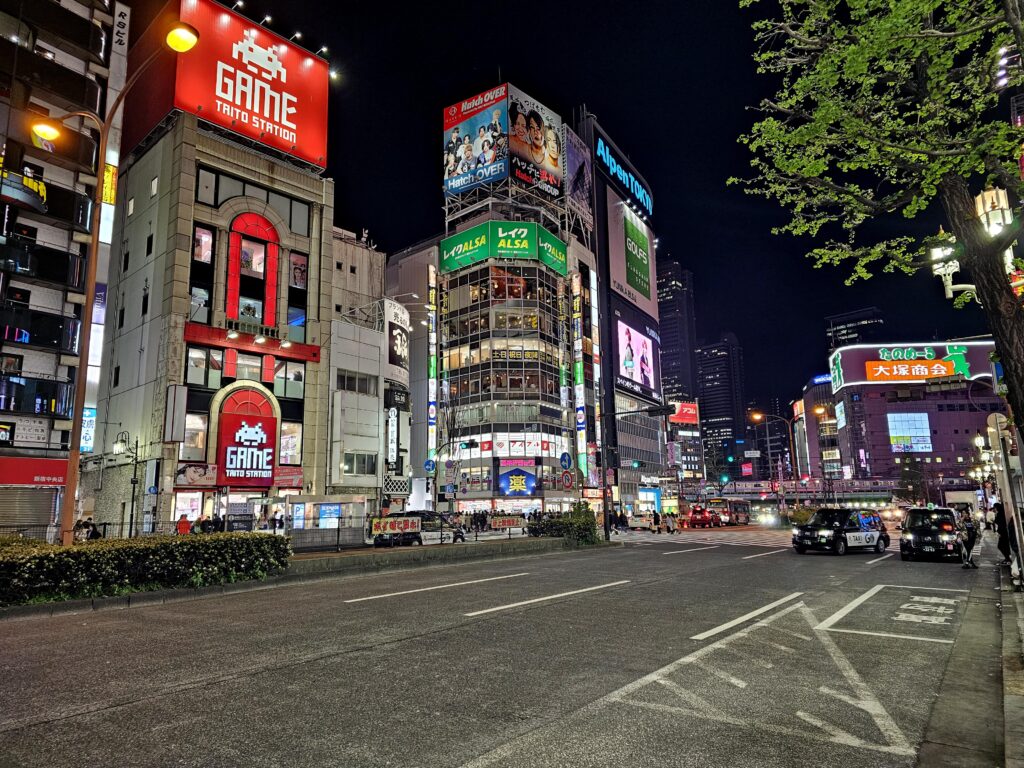
Where to sleep in Shinjuku
Shinjuku stands as one of Tokyo’s vibrant and highly sought-after neighborhoods, offering a diverse range of accommodation choices. For those seeking comfort, centrality, and luxury, we highly recommend the Hotel Gracery Shinjuku. Boasting contemporary, pristine rooms, its exceptional location near Shinjuku Station and the iconic Godzilla makes it an ideal choice for travelers.
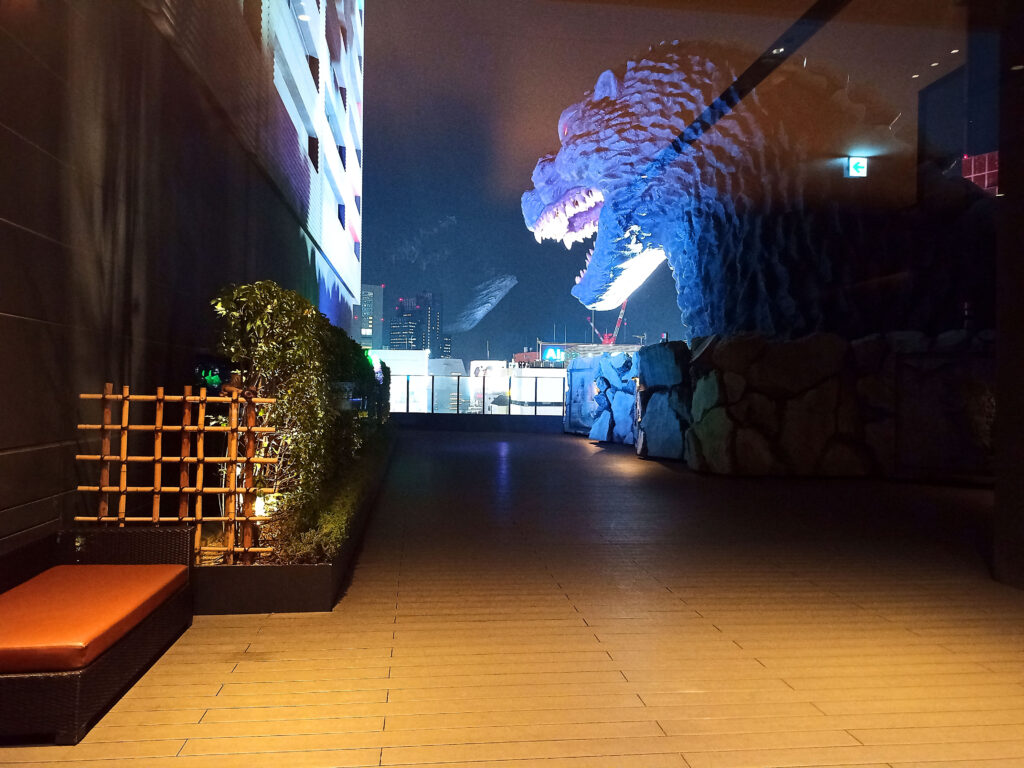
“If you prefer a more budget-friendly option, we recommend the following options:
🏨 Hotels in Shinjuku:
Cómo llegar a Shinjuku
There are various ways to reach Shinjuku, depending on your location and preferred mode of transportation. Here are some options:
- If you’re at Narita Airport, you can take the Narita Express train directly to Shinjuku Station in about 90 minutes, with a fare of around 3000 yen each way.
- At Haneda Airport, you can board the monorail to Hamamatsucho Station and transfer to the Yamanote train, reaching Shinjuku Station in approximately 40 minutes at a fare of about 700 yen each way.
- For those in central Tokyo, options include taking the Yamanote Line, Chuo Line, or Marunouchi Line, all passing through Shinjuku Station. The duration and cost vary depending on the departure station, typically taking about 20 minutes and costing around 200 yen each way.
- Alternatively, there are bus services connecting Shinjuku with various areas in Tokyo. Bus fares and travel times are generally more affordable but slower compared to trains. You can find routes and schedules on the Toei Bus website.
- For those who enjoy walking, reaching Shinjuku by foot from nearby places like Shibuya, Harajuku, or Yoyogi is also possible. The duration will vary based on your walking pace, offering a chance to appreciate the cityscape and explore intriguing spots.
As you can see, Shinjuku transcends beyond its skyscrapers and illuminations. It’s a melting pot where diverse cultures, lifestyles, and expressions of affection converge. These suggestions are merely a glimpse of what Shinjuku offers; the neighborhood is perpetually alive, ensuring there’s always something new to explore.
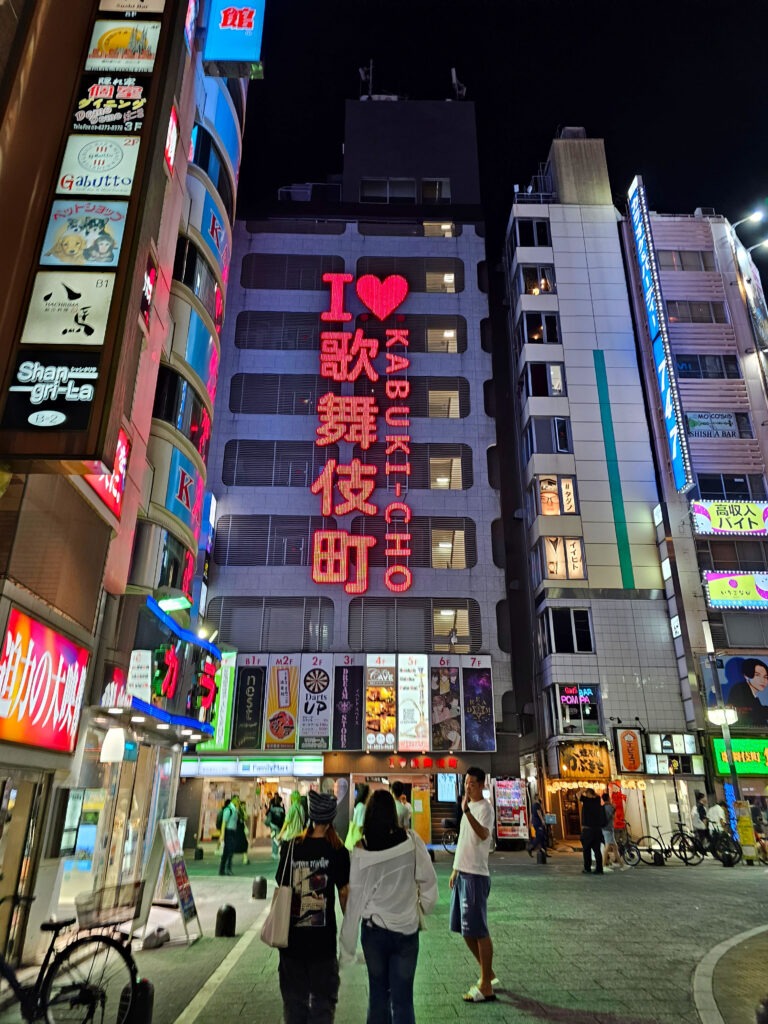
It’s a spot that will captivate and amaze you, leaving you eager for a return visit. I hope you’ve enjoyed this post and are inspired to explore Shinjuku whenever the chance arises!
If you’re seeking more tips and recommendations for exploring Tokyo, take a look at our detailed 7-day Tokyo itinerary! 👇



